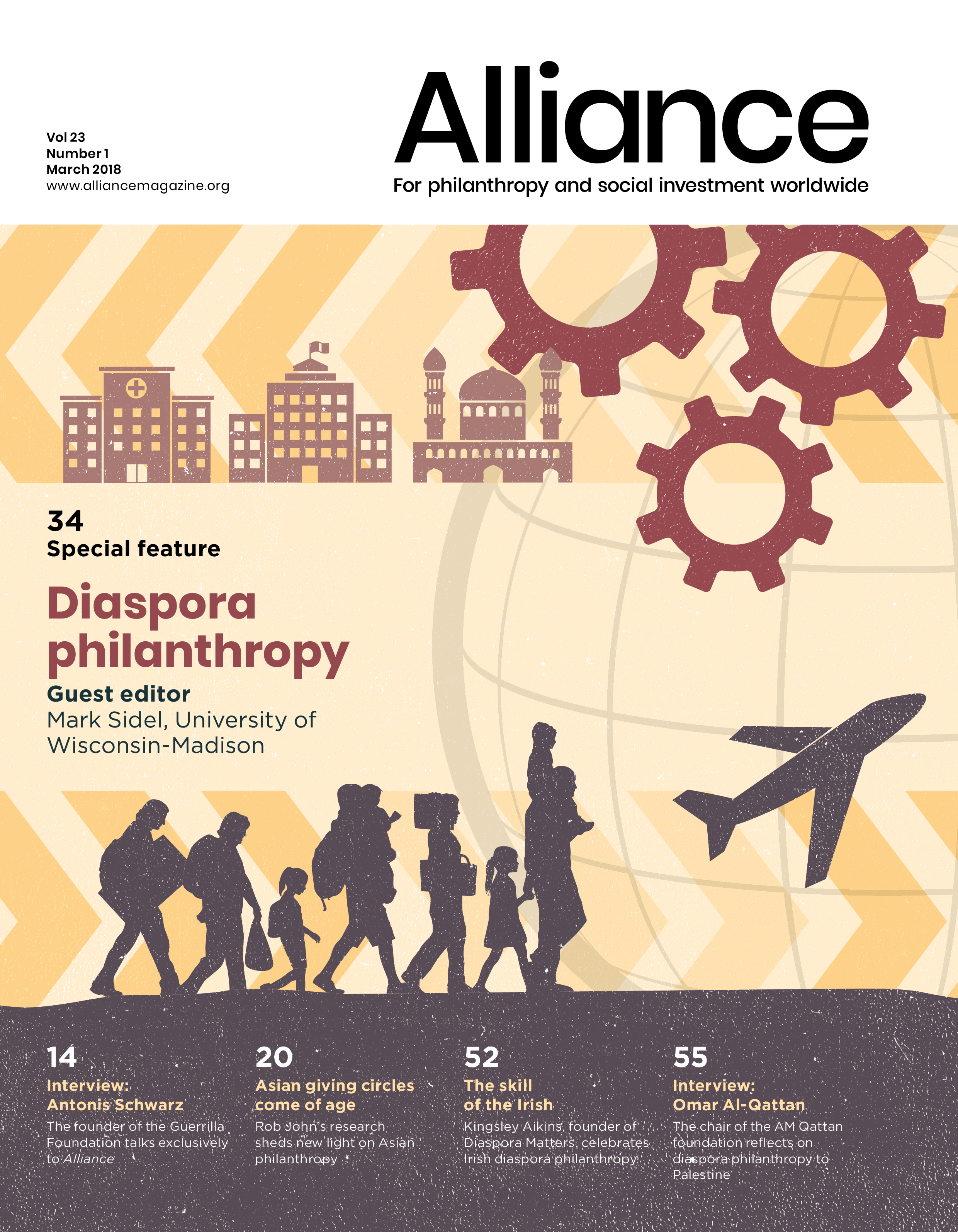The most significant source of income transfer from expatriates to their home country are remittances. According to the Hudson Institute’s latest figures, remittances from donor countries were $224 billion in 2014 whereas philanthropy accounted for $64 billion.
But what is the difference between diaspora philanthropy and remittance?
The short answer seems to be that when the support goes directly to an immediate family member for their use, it is remittance.
The fact that the Hudson Institute’s annual review now provides separate figures for remittances and philanthropy reflects a general acceptance that they are distinct.
In 1974 the Philippine’s Marcos administration undertook to ‘facilitate and regulate the movement of workers in conformity with the national interest’. In short, the country began to export workers.
However, the distinction may well look clearer from a distance than it does close up.
In 1974, in an effort to shore up its faltering economy, the Philippine’s Marcos administration undertook to ‘facilitate and regulate the movement of workers in conformity with the national interest’.
In short, the country began to export workers. Since then, as one source puts it, ‘working abroad has become commonplace for Filipinos’.
The role that they play can be judged by the fact that they are referred to as bagong bayani – new heroes.
According to the Philippine Statistics Authority, the number of Overseas Filipino Workers (OFWs) was 2.2 million during the period April-September 2016 out of a total population of 100.1 million (in addition to these, of course, is a large permanent diaspora).
Beyond the formal remittances
Ezra Mayled, a Canadian photographer of Filipino extraction, notes that in Canada, Filipinos provided ‘the highest number of permanent residents from 2010 to 2012’, adding that a similar situation can be found in the US.
They remitted an estimated 203 billion pesos ($4.1 billion) in 2016. Note the word in italics: all figures are based on best guesses since much of the remittance takes place informally – it is ‘hand-carried’ as one source puts it.
However, even where remittances are trackable, there is no guarantee that what goes into the system as a remittance, does not come out of it as philanthropy. In arrangements that function through word-of-mouth and personal contact, it would be strange if some of the money given to an immediate family member did not find its way to a local individual or group.
The significance of this for the Filipino economy is illustrated by World Bank statistics. In 2014, when the Philippines received the third highest amount in remittances, $28 billion, its GDP in the same year was $284.6 billion.
However, even where remittances are trackable, there is no guarantee that what goes into the system as a remittance, does not come out of it as philanthropy.
In arrangements that function through word-of-mouth and personal contact, it would be strange if some of the money given to an immediate family member did not find its way to a local individual or group – to a neighbour, say, or to a distant relative – to meet some extraordinary expense.
‘My family every so often sends money over to their families back in the Philippines, especially to help cover ever-so-expensive health costs for a family member,’ adds Mayled, demonstrating that the distinction between remittances and philanthropy is not always as clear-cut as it might seem.
Andrew Milner is associate editor of Alliance.
Email: andrew@alliancemagazine.org








Comments (0)